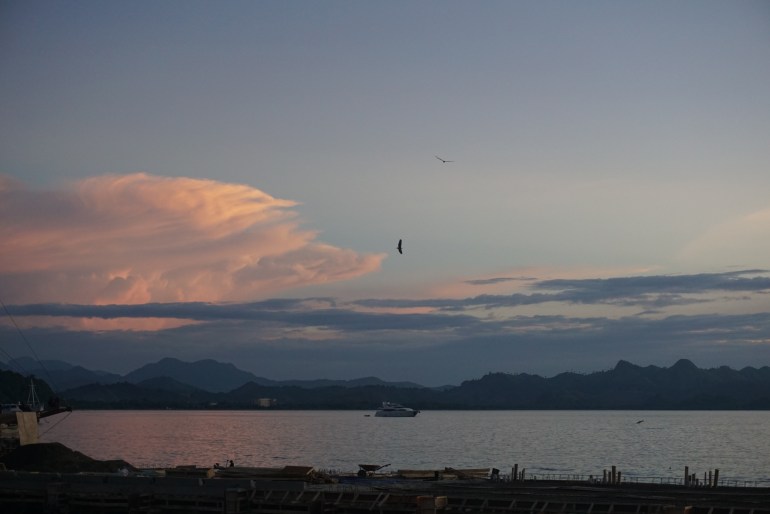Recently I got to spend time snorkeling with over 100 manta rays (closer to 150 to be precise) in Komodo National Park. It was one of the pinnacle sea moments of my life.
I was on a dive boat with about a dozen others when the captain shouted from the distance the huge school of mantas. We turn the boat around, stop about 100 feet from the manta pathway until we approached them at a safe distance. It was one of the most exciting times for me. But sometimes we get caught up in these beautiful moments that we forget how to interact with marine life responsibly. This is why I am sharing with you 5 ways to interact responsibly with these sea creatures.
1. Keep Noise to a Minimum
When you encounter manta rays, don’t be that person screaming at them to come over to you and then doing cannon balls right next to them. Not that I think you are, but there’s always that “one person.” Keep noise to a minimum and avoid jumping in abruptly if you’re on a boat. Keep your fins underwater to avoid creating big kicking splashes.
2. Allow the Mantas to Swim Around You. Not the Opposite
When you’re snorkeling, try staying in one area allowing the mantas to swim around you. Don’t swim over to them. Keep calm and avoid disrupting them if they’re feeding close to the surface of the water.
3. DO NOT TOUCH!
Let me repeat. Do not touch the mantas. Do not touch the mantas! I know it would feel so amazing to touch one of these guys, but this code of conduct is an absolute! The manta rays have a protective mucous coating, and when you touch them, you rub away their protective barrier causing them to get sick or get an infection. We don’t want them to get sick. Let’s preserve their existence in these oceans by keeping your hands off.
4. Keep your distance
The rule of thumb is to stay at least 10 feet (3 meters) away. If manta comes close to you, remain calm and still and let the manta ray control the interaction with you.
5. Do Not Chase or Harass the Mantas
You want to avoid restricting their natural behavior by blocking their path. Avoid duck-diving when they’re near. It may startle them and interrupt them while in their natural habitat trying to feed or clean.
That’s it! Stick to these 5 and you’ll be to engage with the mantas in a safe and responsible way, and while I’m not a marine biologist or expert, this is simply a guideline I’ve heard through my training. I hope this helps!








